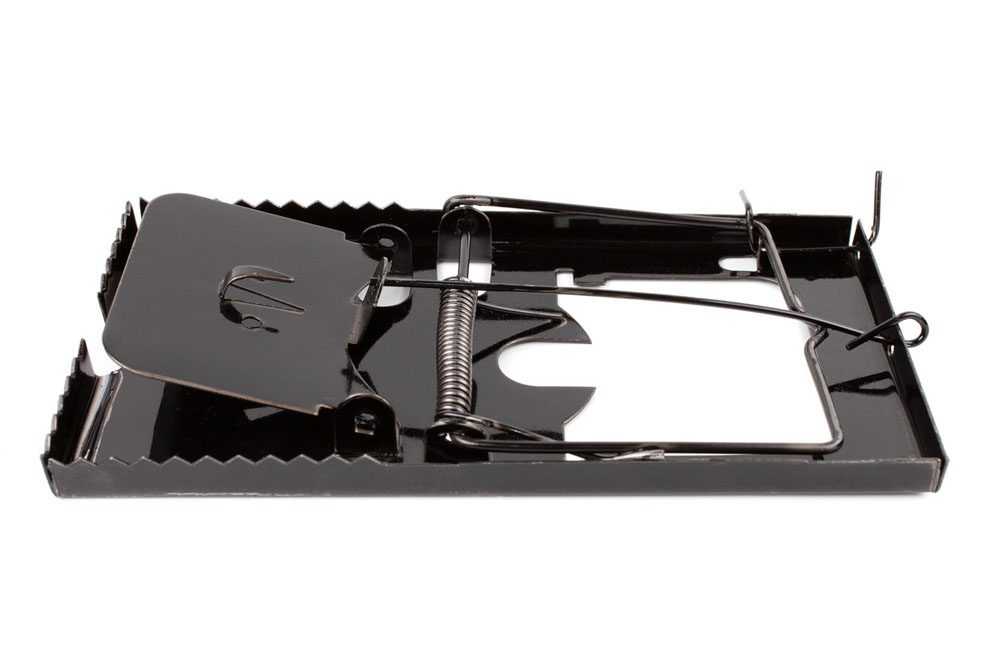Oh no, you’ve spotted a mouse in your home! Not only can they cause damage to your home and belongings but mice also spread disease and filth. Mouse traps are an affordable and effective way to take care of mice issues. Spring-loaded mouse traps are timeless and have been used for centuries. However, there are also several other mouse traps available today including catch-and-release, electronic, and glue traps — each of which has its own set of advantages and disadvantages. In this blog post, we’ll be focusing on how to properly set a spring-loaded mouse trap.
1. Not Setting the Trap in the Right Location
Mice have poor vision. They use their body hair and whiskers to help them navigate while they run along walls. Avoid placing a mouse trap in the middle of the floor. Set your trap flush against a wall, that way a mouse will run right into it rather than past it.
2. Not Wearing Gloves while Setting the Mouse Trap
Mice have a keen sense of smell, so if they smell humans on the trap, they’ll avoid it. We recommend to always wear gloves when setting or removing a mouse trap.
3. Not Using the Right Mouse Bait
While most of us think cheese is the best bait to attract mice, peanut butter is much more alluring to rodents. Other foods that may attract mice include marshmallows, beef jerky, and gumdrops. Apply a small amount of bait to the trap so that it can’t be reached unless the mouse steps on the trap.
4. Using Too Few Mouse Traps
You’ll have a better chance of catching a mouse if you use more than one mouse trap. We recommend that you set mouse traps two to three feet apart from each other.
5. Not Checking your Mouse Traps
Using mouse traps requires diligence. Mice can sometimes snag bait without setting off the trap and they can also set it off without getting caught in the mouse trap. Regularly check mouse traps to ensure they are loaded and have fresh bait in them.
6. Expecting Instant Results
Using mouse traps will not take care of your rodent infestation overnight. Mice are careful of new objects they encounter. You may even want to set out unactivated traps for a few days prior, just so they become acclimated to the device. Mice are prolific breeders, so it generally takes time to eradicate an infestation.
How to Set a Mouse Trap
Below are the three steps to effectively set a mouse trap.
- While wearing gloves, add bait to the mouse trap.
- Set your mouse trap out with the bait facing a wall and activate the trap spring.
- Don’t forget to regularly check your mouse traps!
Professional Rodent Removal
If you have a mouse problem and feel squeamish about setting a mouse trap or have children and pets in your home, contact PURCOR. We’ll work with you to determine the best way to eliminate your mouse problem and help prevent it from coming back in the future!
"*" indicates required fields
"*" indicates required fields




